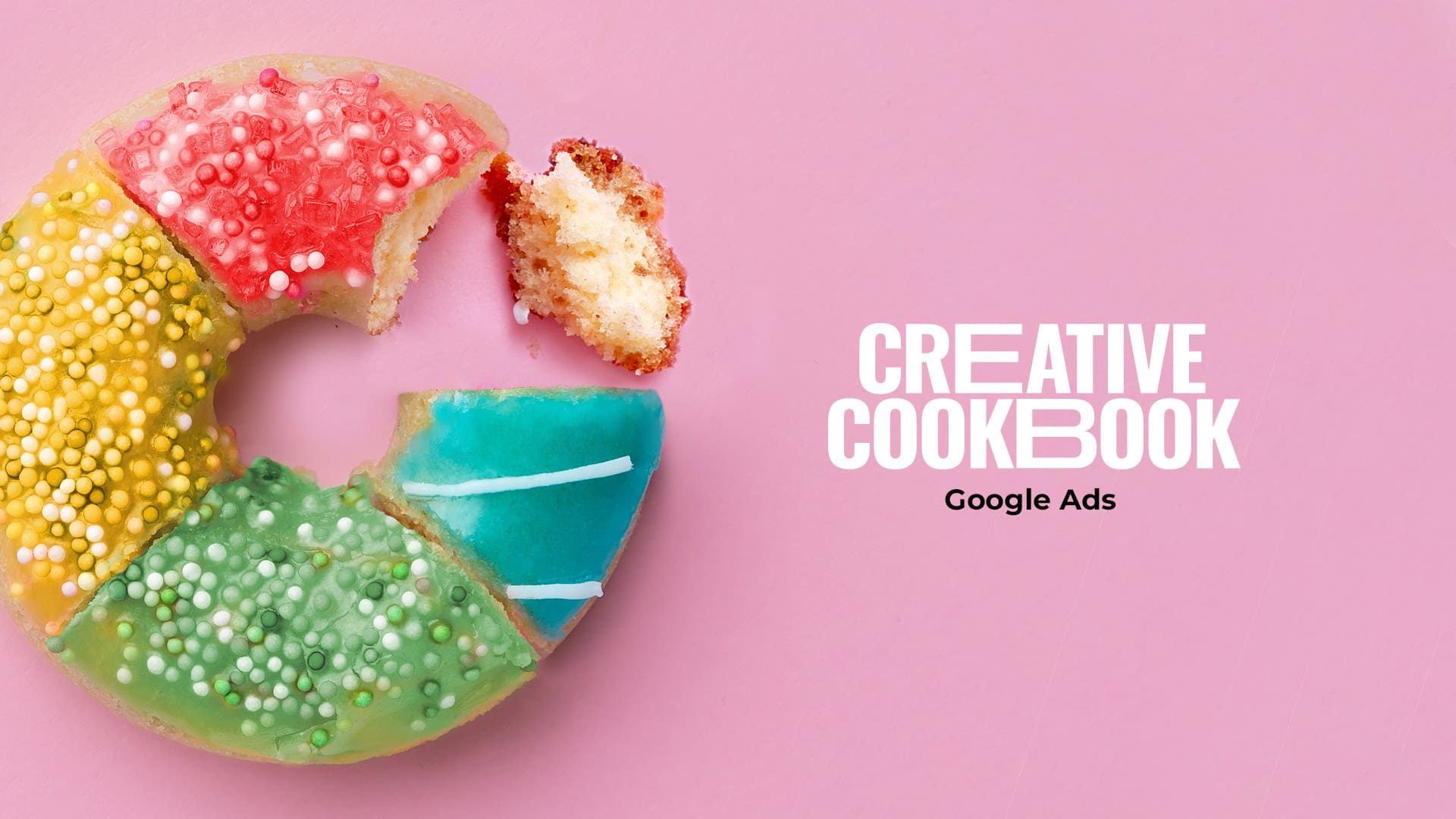Let me ask you a question. Are you seeing a return on investment from your Google Ads? If not, there’s a good chance you’ll benefit from optimising your Google Ads campaigns. Here’s how to get started:
Step 1: Use “BOFU” keywords
Keyword choice can make or break a Google Ads campaign. The wrong keywords will bring the wrong traffic to your website which, in turn, will result in below-average conversion rates. To maximise your conversions, your first step should be to figure out what keywords users at the bottom of your sales funnel (BOFU) are searching for. Generally speaking, the more specific the search term, the further down the sales funnel a user is likely to be.
As an example, let’s say you run an online organic skincare business, you’d probably want to target the search term “organic beauty products”. But, while this could be a useful keyword to target as part of your long-term strategy, it’s unlikely to yield immediate results.
The reason for this is that “organic beauty products” is a broad search term, so users searching this are probably at the top of the sales funnel. They’re researching solutions, but it’s unlikely they have a particular product in mind that they’re ready to purchase. Sure, you might sway them with a good offer, but it’s not a guarantee.
To drive immediate conversions, you’ll have more success targeting product-specific keywords such as “organic eyeliner” or “organic body wash”. The reason for this is that users who search for specific terms have a clear idea of what they’re looking for, so it’s more likely that they’re ready to buy.
This isn’t to say that you should stop targeting the top of the funnel keywords. They’re ideal for building brand awareness and bringing traffic to your website. But if your budget is limited, it will be more profitable to push ad spend toward bottom of the funnel keywords to get things moving.

Step 2: Use a “Keyword | Benefit” headline
Now that you know which keywords to target, your next step is to craft ads that users want to click. Otherwise, all of your in-depth keyword research will go to waste.
While it’s good practice to experiment with multiple variations of your ads to find out what phrasing brings the most clicks, a “product | benefit” headline is a great place to start when you’re looking for conversions.
In this style of ad, your headline is comprised of your keyword, followed by a short description of a benefit users will get from choosing you over the competition. The image below is a screenshot of an ad for “men’s walking boots”, and it’s a great example of this style of headline in action.

While there’s a time and a place for clever or creative headlines, it’s not usually the best strategy for conversion-focused PPC campaigns. The reason for this is that bottom of the funnel users know exactly what they’re looking for, so it needs to be immediately obvious that they can get it from your website. By using a keyword in the headline, users have no doubt that you can provide what they’re looking for and that helps you win you the click.
Step 3: Optimise your landing page
Great PPC campaigns aren’t all about keywords and clickable ads: you also need to make sure you’re sending users to great landing pages that inspire conversions. After all, there’s no point putting in all the groundwork if you end up losing sales at the final hurdle.

Although there are a thousand ways to create a good landing page, as a general rule you’ll want to make sure your landing pages are relevant, engaging, and fast.
When we say a page needs to be relevant, we mean that there shouldn’t be any surprises when a user lands on it. As an example, if you’re targeting a keyword like “wireless headphones”, then a user will expect the link they click to take them to a page that features wireless headphones. If instead, you direct them to an about us or blog page, they’re likely to click away as it’s not what they’re looking for.
An engaging landing page is one that’s visually appealing with an enjoyable user experience (UX). Generally speaking, you’ll want to make it easy to navigate, with a strong call to action. If we take the headphones example, you’d want to have a clearly visible heading featuring your keyword, a high-quality image of your product and a prominent “buy now” button.
Finally, you’ll also want to keep your landing page load speed as fast as possible. For every extra second a page takes to load, a user becomes exponentially more likely to bounce away from your page. With a good web developer, keeping load speeds quick is relatively straightforward. Ensure your back and front-end coding is as lean as possible and use the smallest file sizes for images you can get away with without sacrificing quality.
Conclusion
By following the steps listed in this article, you’re bound to see an uplift in your conversion rates and, as a bonus, you’ll likely also see your ad quality scores increasing, which is going to help drive down your cost per click.
That said, it’s important to remember that digital marketing isn’t an exact science. We have formulas and ways of working that help us deliver great results quickly, but the key to long-term success is to experiment with different ideas to measure how it affects your conversions. There’s a reason all the top brands are committed to continually experimenting.
By making a commitment to run experiments and measure the results you’ll be able to finely tune your ads and gradually optimise them to achieve maximum conversions, which is the best strategy for using Google Ads to support long-term business growth.





